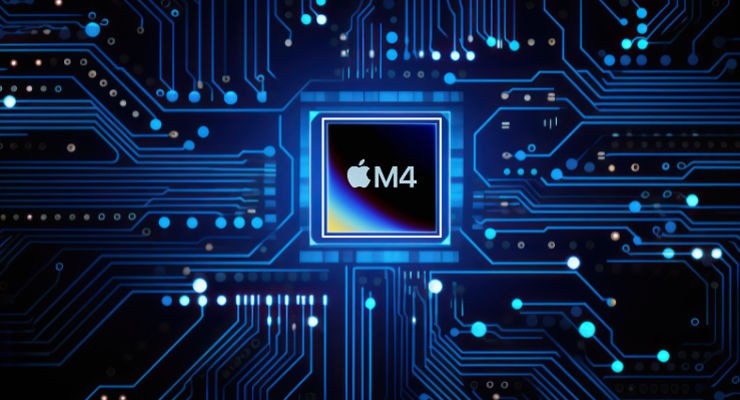Introducing TSMC N3E
The Power Behind Apple's M4 SoC
Uncover detailed insights from TechInsights' teardown of the iPad Pro 11-inch, highlighting Apple's cutting-edge M4 SoC built on TSMC's N3E process. Learn about Apple's innovative hybrid library approach and design choices that enhance performance and efficiency, setting new standards in mobile computing.
In a recent teardown of the Apple iPad Pro 11-inch, TechInsights revealed details of Apple's latest silicon: the Apple M4 SoC, codenamed TMRV93, built on TSMC's advanced N3E process. This surprise release demonstrates Apple's agility in adopting cutting-edge semiconductor technologies ahead of schedule.
TSMC's N3E process enhances power efficiency while maintaining logic cell density critical for performance. This aligns well with Apple's goal of delivering high performance in thin devices with passive cooling.
A key design choice in the Apple M4 is the use of TSMC's high-performance standard cell library for CPU1, ensuring optimal power, performance, and cost targets. This contrasts with previous designs relying mainly on ultra-high-density libraries.
TechInsights' analysis also revealed a hybrid library approach: UHD libraries for GPU and CPU2, and a new high-performance library for CPU1. This design optimizes for various computational demands within a unified architecture.
The Apple M4 SoC, leveraging TSMC's N3E process, marks a milestone in mobile computing, setting new standards for performance and efficiency. As Apple continues to innovate, expect further advancements shaping the future of mobile devices.
Discover more insights and exclusive content on the TechInsights platform, including an infographic detailing the architecture of the Apple M4 SoC.










